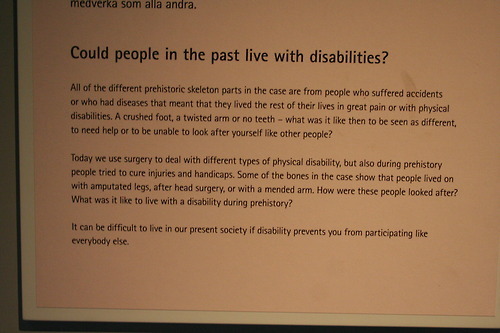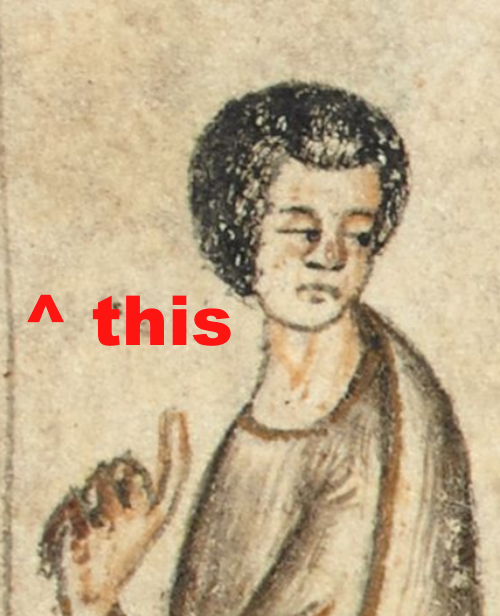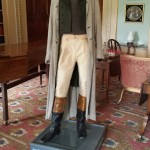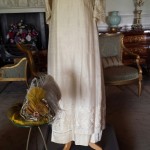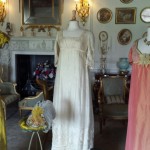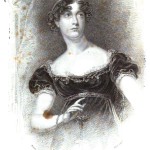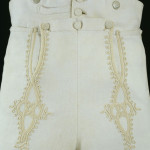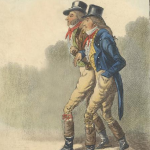loverandsynner submitted to medievalpoc:
this was taken at the Museum of London, Docklands – it has a large section about London’s role in slavery, and how slavery contributed to modern racism.
I think that a lot of museums are finally starting to try and take a more proactive stance on how they present their exhibits and information about them.
For more on this kind of arrangement, I high recommend taking a look at these submissions from xanthy-m on the Swedish Historical Museum:
Oh what was that about black ppl in England not being present?
Since BEFORE THE 1500s?
MEANING DURING THE MEDIEVAL PERIOD
So yall “historically accurate” fuckers can be quiet
For those who’ve asked: the portraits in the museum placard above are 1. Olaudah Equiano, a British abolitionist and 2. George Augustus Polgreen Bridgetower, a musical prodigy.
Book 2 has a working title! ‘She Whom I Love’
Because I’m an enormous nerd (like this is news?), and it amuses me to take a ‘holy sonnet’ and twist it for my own rude purposes. ‘She Whom I Love’ just fits, at least for the moment.
“But why should I begg more Love, when as thou
Dost wooe my soule for hers; offring all thine”
— James Donne, Holy Sonnet #17
Etc.
(‘Rite of Summer’ was the boring old ‘The Country House’ for more than a year, mind you, so who can tell what it’ll end up becoming? )
And I technically have 2.697 words down out of a projected 98k or so, but a good half of that is outline notes. But it’s a start!
Rite of Summer – coming June 2nd!
I have an official blurb, and a release date! Rite of Summer will be available for preorder through Samhain’s website before the actual date, and I’ll update with that information as it comes! (I’ve also seen a draft of the cover, and there’s nothing that makes this whole process feel more real than that; not even signing the contract was quite as amazing and visceral as that moment. Shout-out to the artists everywhere, who don’t get nearly as much recognition as they deserve!
There are terrors worse than stage fright. Like falling in love.
Violinist Stephen Ashbrook is passionate about three things—his music, the excitement of life in London, and his lover, Evander Cade. It’s too bad that Evander only loves himself. A house party at their patron’s beautiful country estate seems like a chance for Stephen to remember who he is, when he’s not trying to live up to someone else’s harsh expectations.
Joshua Beaufort, a painter whose works are very much in demand among the right sort of people, has no expectations about this party at all. Until, that is, he finds out who else is on the guest list. Joshua swore off love long ago, but has been infatuated with Stephen since seeing his brilliant performance at Vauxhall. Now he has the chance to meet the object of his lust face to face—and more.
But changing an open relationship to a triad is a lot more complicated than it seems, and while Evander’s trying to climb the social ladder, Stephen’s trying to climb Joshua. When the dust settles, only two will remain standing…when they’re not flat on their backs.
Warning: Contents under pressure. Contains three men, two beds, one erotic piercing, and the hottest six weeks of summer the nineteenth century has ever seen.
Book 1 of ‘Treading the Boards’
Untitled
A few more pictures of the Pride and Prejudice costumes on display at Berrington Hall. (L to R) Elizabeth Bennet’s Wedding outfit, Mr Darcy’s Wedding suit, one of Darcy’s costumes, THAT shirt, Miss Bingley’s evening dress, Elizabeth Bennet’s evening dress and Mrs Hurst’s evening dress.
Rite of Summer – coming June 2nd, 2015
I have a finalized blurb, and a publication date! Rite of Summer will be available for purchase from Samhain on June 2nd, and available for pre-order some time before that. I also got to submit my notes for the cover artist; I cannot wait to see what they come up with.
—
There are terrors worse than stage fright. Like falling in love.
Violinist Stephen Ashbrook is passionate about three things—his music, the excitement of life in London, and his lover, Evander Cade. It’s too bad that Evander only loves himself. A house party at their patron’s beautiful country estate seems like a chance for Stephen to remember who he is, when he’s not trying to live up to someone else’s harsh expectations.
Joshua Beaufort, a painter whose works are very much in demand among the right sort of people, has no expectations about this party at all. Until, that is, he finds out who else is on the guest list. Joshua swore off love long ago, but has been infatuated with Stephen since seeing his brilliant performance at Vauxhall. Now he has the chance to meet the object of his lust face to face—and more.
But changing an open relationship to a triad is a lot more complicated than it seems, and while Evander’s trying to climb the social ladder, Stephen’s trying to climb Joshua. When the dust settles, only two will remain standing…when they’re not flat on their backs.
Warning: Contents under pressure. Contains three men, two beds, one erotic piercing, and the hottest six weeks of summer the nineteenth century has ever seen.
Book 1 of ‘Treading the Boards’
Untitled
Trousers
- Place of origin:
Great Britain, United Kingdom (made)
- Date:
1810-1820 (made)
- Artist/Maker:
Unknown (production)
- Materials and Techniques:
Machine-knitted cotton with applied silk braid, metal and pearl buttons and linen tape
“An intricate pattern of loops and applied braid decorates the front of this pair of pantaloons. Pantaloons were a form of close-fitting trousers or tights introduced into fashionable dress during the 1790s. They complemented the close-fitting lines of early nineteenth-century men’s coats as they were shaped to the leg, often ending just above the ankle where the button fastenings or straps kept them in place. Although difficult to cut and put together without causing unsightly creases or wrinkles when the leg was moved, they could look extremely elegant. The tailor J.Golding extolled their merits in his publication of 1818: ‘This is an article of dress very generally worn, and when made to fit well, are [sic] exceedingly neat and convenient, as they may be worn either with gaiters, boots, or over stockings only’.
Pantaloons also brought the glamour of military uniform into men’s fashionable dress, especially when teamed with Hessian boots. Uniforms worn by the various armies during the Napoleonic Wars (1793-1815) were often very colourful and lavishly adorned with braid and tassels. It is hardly surprising that some of these attractive trimmings should have infiltrated fashion, particularly when nationalistic feelings ran high. Civilian pantaloons were often ornamented with military-style braid that was applied in a vertical band of topside Russia braiding. They were not, however, generally decorated on the front, which suggests that this pair was for military use. The silk braid is applied in the form of an Austrian knot, which was a popular motif on pantaloons of the light cavalry such as the hussars and light dragoons.”
It amazes me how fine they were able to get the knit of this fabric so long ago. I’d like to learn some textile history to answer some of my questions of ‘How did they do that?’.
Untitled
From Rictor Norton’s Homosexuality in Eighteenth-Century England: A Sourcebook.


